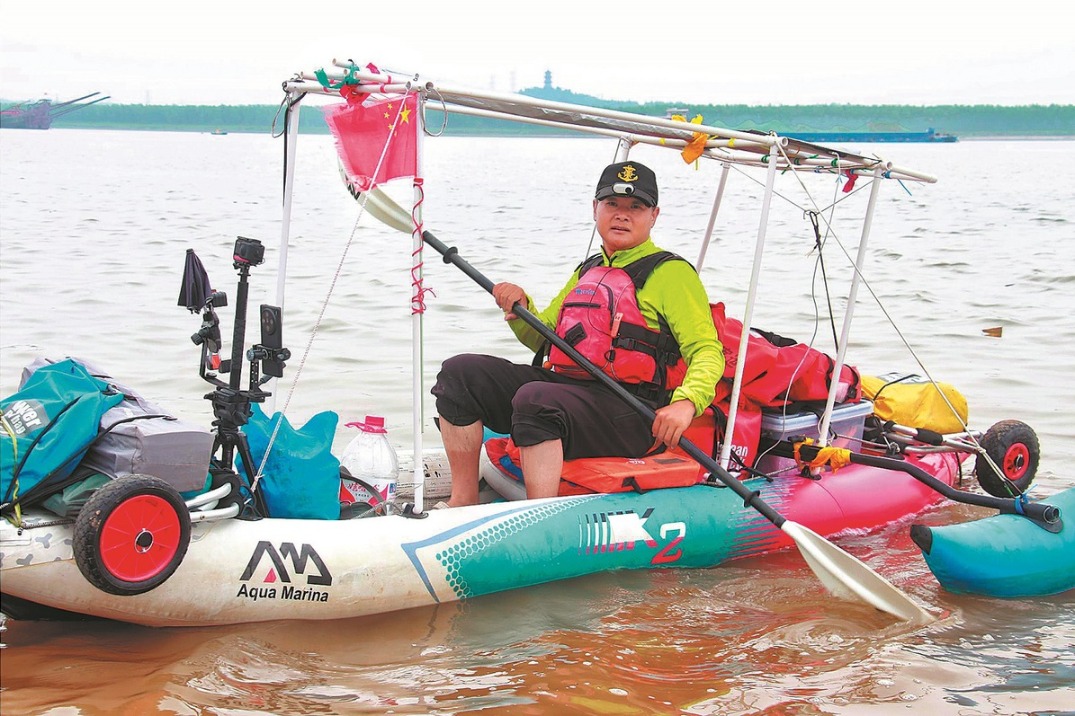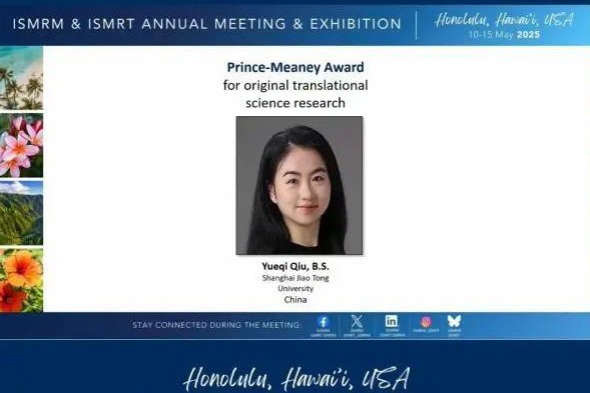Ecological surveys to assess health of rivers, lakes

The country will advance the protection and restoration of aquatic organisms through a series of targeted steps, according to the action plan on "building beautiful rivers and lakes", which was issued in May by seven central government departments.
The plan, released on the website of the Ministry of Ecology and Environment, requires authorities to conduct ecological surveys in rivers and lakes.
Ding Sen, an associate professor at the Chinese Research Academy of Environmental Sciences, said the surveys will focus on the flora and fauna in the waters.
Through the surveys, researchers are expected to accurately determine the current aquatic ecological conditions and identify problems and risks, Ding said, adding that the outcomes of ongoing conservation efforts will also likely be assessed.
The plan also calls for readjusting the structure of biomes and conducting stock enhancement in a scientific manner.
Ding, a researcher in aquatic ecology monitoring and assessment, said such readjustment will help improve water quality and biodiversity.
For example, silver carp and bighead carp, which feed on algae and plankton, are raised in reservoirs to prevent water bloom, and certain vegetation can be introduced to rivers to rebuild aquatic food chains there, he said.
The plan also calls for strict implementation of fishing moratoriums to ensure the population of aquatic species and the construction of fish passage facilities to strengthen ecological connectivity.
China, which is in the middle of a decadelong fishing moratorium in the Yangtze River, launched a four-month fishing moratorium in the Yellow River on April 1 this year.
Zuo Depeng, deputy head of the College of Water Sciences of Beijing Normal University, said the ongoing moratorium in the Yangtze River has achieved important progress, as the river's biodiversity is being recovered.
Another task put forward in the plan is stronger protection of substrate in waters. Substrates play a fundamental role in the ecosystems in rivers and lakes, Ding said.
"They serve as habitats and breeding grounds for aquatic living things," he said. "Also, microorganisms in the substrates take part in decomposing organic matter in the river, such as the remains of animals and plants, and release nitrogen and phosphorus for phytoplankton to feed on."
Some main issues for substrates in Chinese rivers and lakes include siltation caused by soil erosion and disruption of riverbeds caused by sand mining, Ding said, adding that more effective measures should be taken to curb soil erosion and unregulated sand mining.
It requires "a very large amount of work" to complete the restoration tasks outlined in the plan, he said, calling for the formulation of proper methods and standards, as well as strict adherence to them.
New technologies, such as artificial intelligence, big data and smart sensing should be better utilized, and authorities of environment protection, agriculture and water resources should strengthen collaboration, Ding said.
Ma Jun, founding director of the Institute of Public and Environmental Affairs, said since the adoption of the landmark Action Plan for Prevention and Control of Water Pollution in 2015, China has made "huge progress" in its aquatic environment, greatly reducing pollutants discharged and improving water quality.
Ma said higher priority should be given to the restoration of aquatic ecosystems, which, during the past decades, were threatened by issues such as excessive fishing and pollution.
He suggested authorities draw on the experience they have gained in the successful treatment of air and water pollution over the past decade.
"As long as we have a clear goal and establish a mechanism that mobilizes all sectors in the society, I believe we can advance the work (to restore aquatic ecosystems)," he said.





































